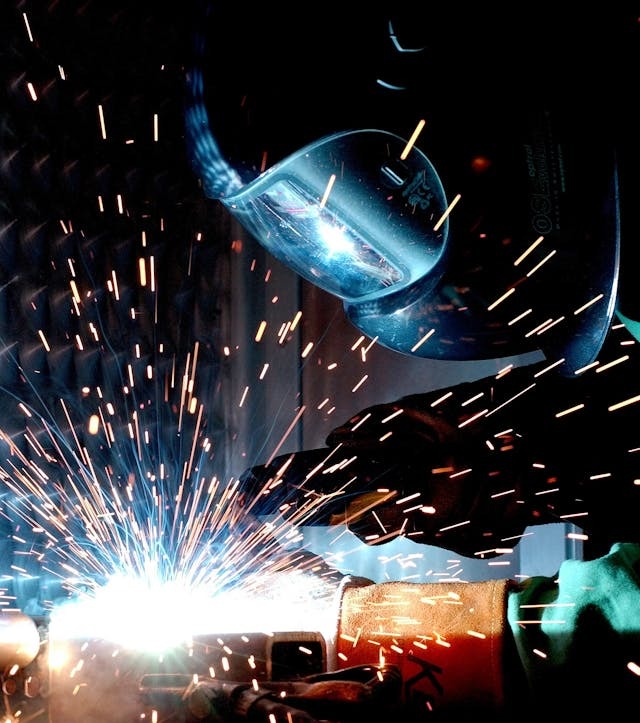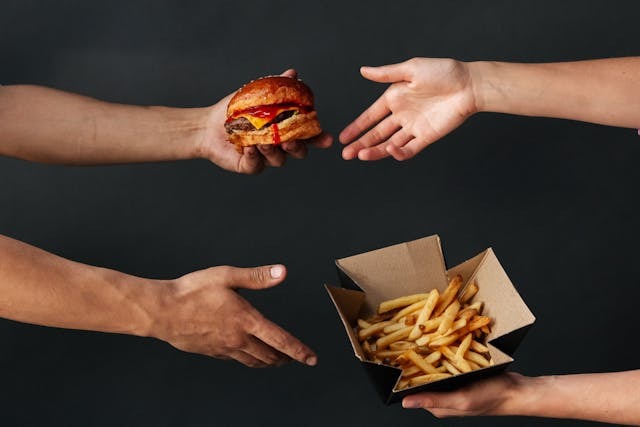Words bring clarity. That’s why CPT often begins with an “impact statement”—a short reflection on how trauma changed your beliefs about yourself, others, and the world. It’s not about eloquence; it’s about honesty. Writing makes the invisible visible.
After trauma, emotions can feel overwhelming. Some are natural—fear in danger, grief after loss, anger at betrayal. Others are manufactured, springing not from the event itself but from distorted thoughts. Both feel real, but not both are rooted in truth. CPT helps us distinguish between the two.
After trauma, beliefs can either help us heal or keep us chained. These are not harmless thoughts; they are heavy chains. CPT calls these distorted thoughts “stuck points.” They keep the mind looping back to trauma.
Imagine a smoke alarm that blares day and night—even when there’s no fire. That’s what trauma does to the brain.
Trauma disrupts this system. Memories become fragmented, stripped of time and place. CPT addresses this by teaching the brain to reprocess traumatic memories. It helps the mind categorize the event as something that happened—not something that is happening.






